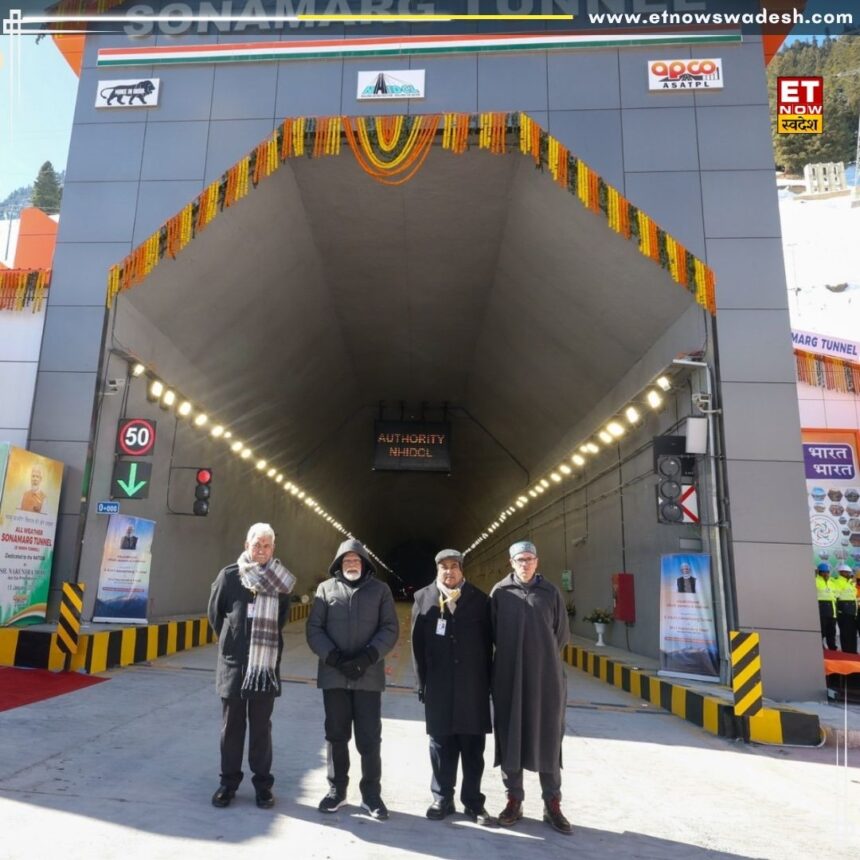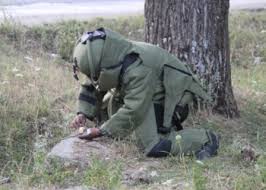The Vision of Connectivity
In the rugged, unforgiving landscape of the Himalayas, where nature’s challenges have historically impeded human progress, the Z-Morh Tunnel emerges as a testament to human engineering prowess and strategic vision. Carved through the heart of the Ganderbal region, this 6.5-kilometer marvel represents more than just a transportation corridor—it symbolizes India’s commitment to overcoming geographical barriers and connecting remote communities.
Architectural and Engineering Brilliance
Every inch of the Z-Morh Tunnel tells a story of meticulous planning and extraordinary engineering. Designed to withstand the most extreme geological conditions, this infrastructure marvel is not just a tunnel, but a lifeline that promises to transform regional connectivity. Positioned in the highly volatile seismic Zone-5, the tunnel has been engineered with an unprecedented level of resilience, capable of withstanding earthquakes measuring up to 8.0 on the Richter scale.
Unprecedented Construction Metrics
The sheer scale of the project is mind-boggling. Over 49 months, a dedicated workforce of 1,623 workers toiled relentlessly, accumulating an astounding 1.55 crore man-hours. The construction consumed:
- 31.7 lakh cement bags
- 3,465 metric tonnes of iron rods
- Investments totaling ₹2,378.76 crore
These numbers are not mere statistics but represent a monumental national effort to create infrastructure that will serve generations.
Safety: A Multilayered Approach
Safety isn’t just a feature in the Z-Morh Tunnel—it’s a comprehensive, multi-dimensional strategy. The tunnel boasts an extraordinary array of safety mechanisms:
- 96 strategically placed emergency exits
- 16 advanced water pump systems
- 52 jet fans ensuring optimal air circulation
- 4 specialized exhaust fans
- 2 high-capacity axial fans
This intricate network ensures not just ventilation, but creates a dynamic, responsive environment that can manage potential emergencies with precision.
Strategic and Military Significance
Beyond civilian transportation, the Z-Morh Tunnel represents a critical strategic asset. Its robust design allows military equipment, including heavy tanks, to traverse seamlessly, enhancing mobility and defensive capabilities in a strategically sensitive region. The tunnel effectively neutralizes geographical challenges that have historically complicated military logistics.
Technological Innovation and Future Readiness
What sets the Z-Morh Tunnel apart is its futuristic design. Engineered with a guaranteed structural integrity for the next 100 years, it represents a forward-looking approach to infrastructure development. The tunnel can efficiently manage 1,100 vehicles per hour, a capacity that anticipates future growth and increasing regional connectivity.
Environmental and Economic Implications
The tunnel is more than a transportation corridor—it’s an economic catalyst. By reducing travel time, minimizing fuel consumption, and providing an all-weather route, it will stimulate economic activities, promote tourism, and enhance the quality of life for local communities.
A Symbol of National Resilience
The Z-Morh Tunnel stands as a powerful symbol of India’s engineering capabilities, strategic thinking, and commitment to transforming challenging terrains into opportunities for growth and connectivity. It represents the nation’s ability to dream big, plan meticulously, and execute complex infrastructure projects with precision and vision.
Beyond Just a Tunnel
As the Z-Morh Tunnel prepares to become operational, it carries with it the hopes and aspirations of a region long constrained by geographical challenges. It is a beacon of progress, a testament to human determination, and a promise of a more connected, accessible future.
This isn’t just infrastructure—this is India’s engineering poetry written in concrete, steel, and unwavering resolve.







